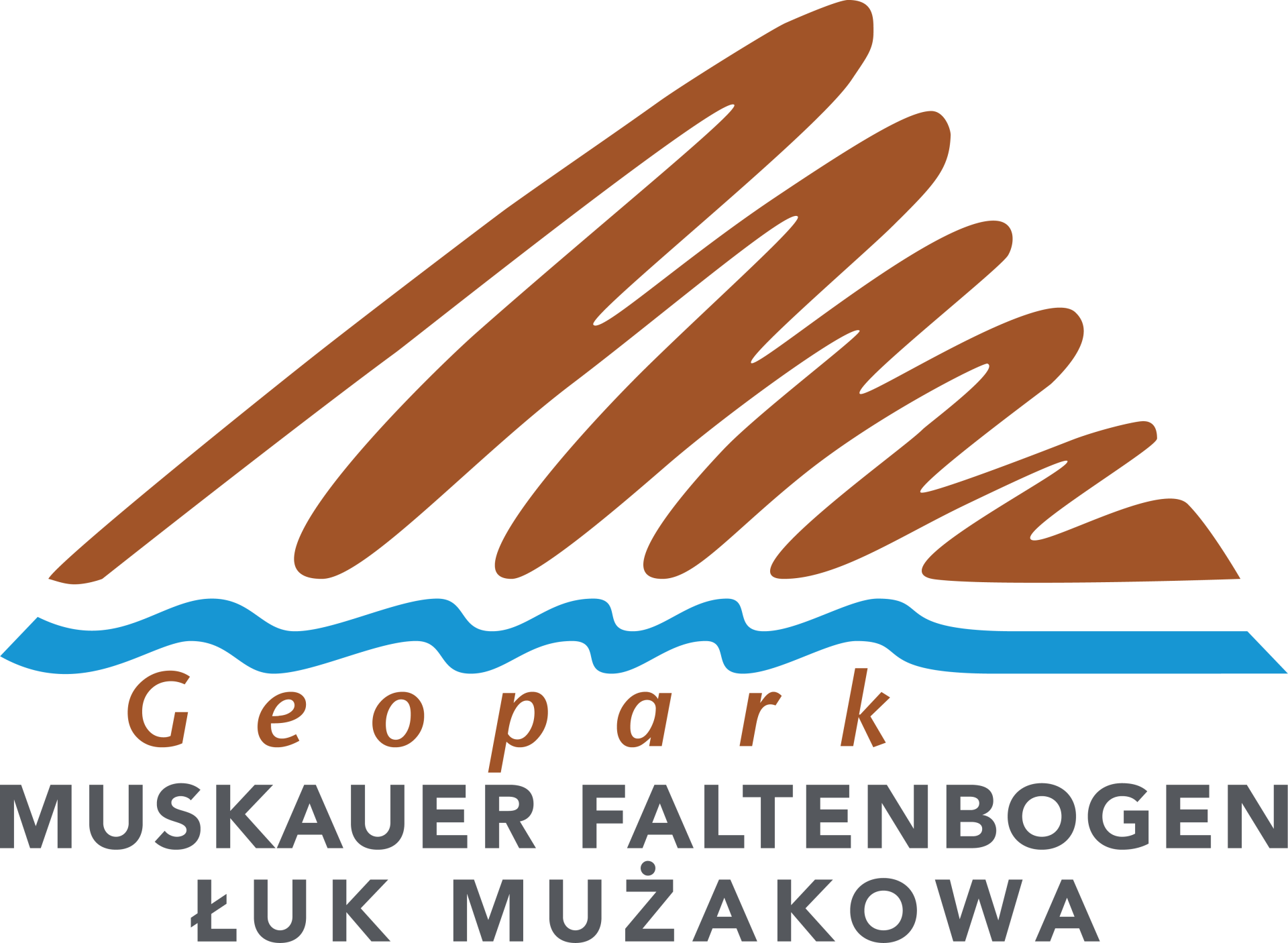About 340,000 years ago, during the Elster ice age, northern central Europe was covered by inland ice. It spilled over the land like a huge "mass of semolina pudding". Its outer edge ran garland-like from Hamburg via Berlin to Krakow (about 1000 km). At Bad Muskau, the gigantic ice front produced a "tiny" glacier of 20 km in length. Like a mighty footprint he crushed his underground, folded it and pushed it in front of him. The result was a compression end-moraine in the form of a large hoof-egg. Alum, lignite, glass sands and clays were pressed to the earth's surface by these processes. With their use, an extensive industry developed that left a touristic very attractive mining landscape.



